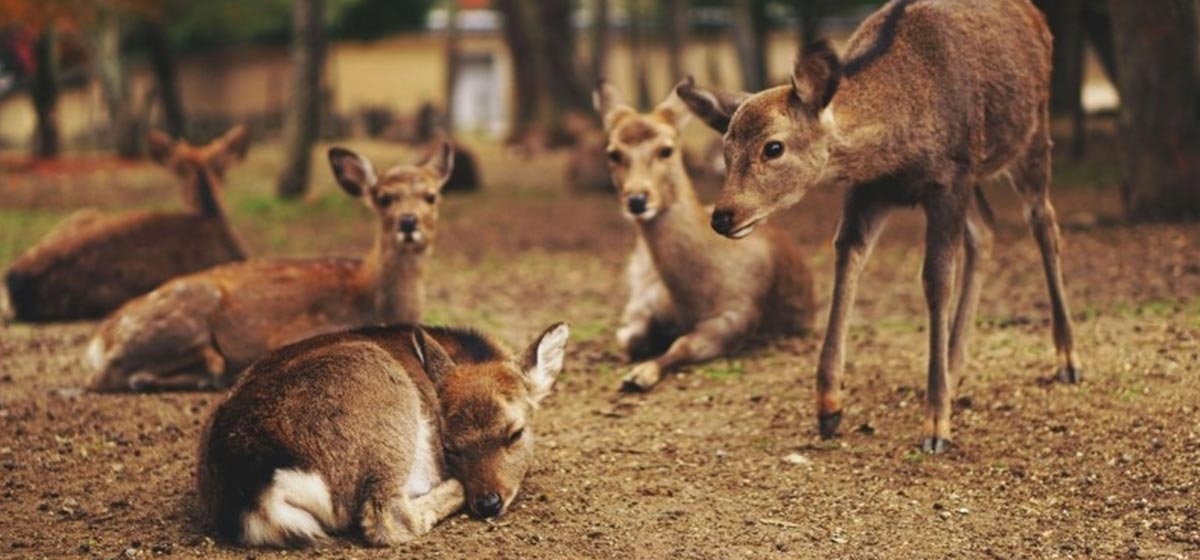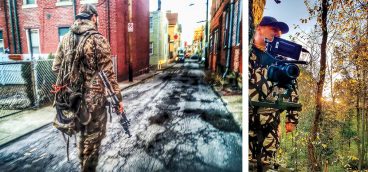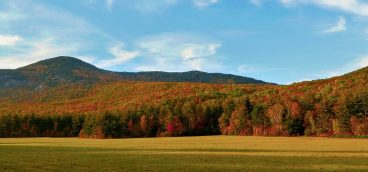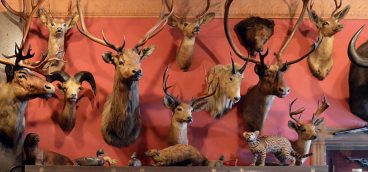Becoming a Deer Farmer

Deer may be the taxidermy industry’s essential resource, but living deer are making a much bigger economic impact now, thanks to the growing business of deer farming.
Deer farming is growing faster than any other industry in rural America, according to a study by Texas A&M University. The business provides jobs to tens of thousands of workers and generates around $3 billion annually. And deer farmers sell everything from antlers, velvet, urine and venison to controlled hunts and breeding stock.
Perhaps the most significant reason for the increase in deer farming is that the animals easily adapt to any landscape. They require a diet of plants and certain minerals, which often can be found in a pasture with little need of supplement. Additionally, venison is in high demand in the U.S. for its lean, healthy qualities, but supply still lags. People want an alternative to factory-farmed meat—and the savory taste of venison is becoming more popular.
In response to demand, the deer market has grown 20 to 30 percent annually, with much demand being met through domesticating deer, according to the Texas A&M study. Farming, however, can be tricky. Some states don’t allow private ownership of deer (Pennsylvania does) and where it is not allowed, high fencing is essential so deer don’t escape.
Generally, the more acreage per animal the better, as plant densities will stay higher for longer. Deer can reproduce for up to 20 years during their adult lives. But initial costs can be high, depending on the genetic quality of the initial breeding stock. Farmers in their first year of deer farming usually purchase four already bred does, so that they do not have to buy a breeder buck. The average cost of a bred doe is $1,500 for low quality genetics and from $5,000 to $10,000 for those with high-quality genes, according to the Texas A&M study.
In the second year, farmers either pay for artificial insemination, which costs about $710 per doe, or purchase a breeder buck for around $2,000—the latter is considered a better investment long-term. Finally, farmers can sell bucks after they are 2.5 years old for up to $10,000. Depending on the genetic potential, they can also sell deer semen for $300 to $1,500 per straw.
It may not be the same as bagging a buck with long shot, but in terms of generating quality venison on a regular basis, deer farming may prove to be a great deal more reliable.





